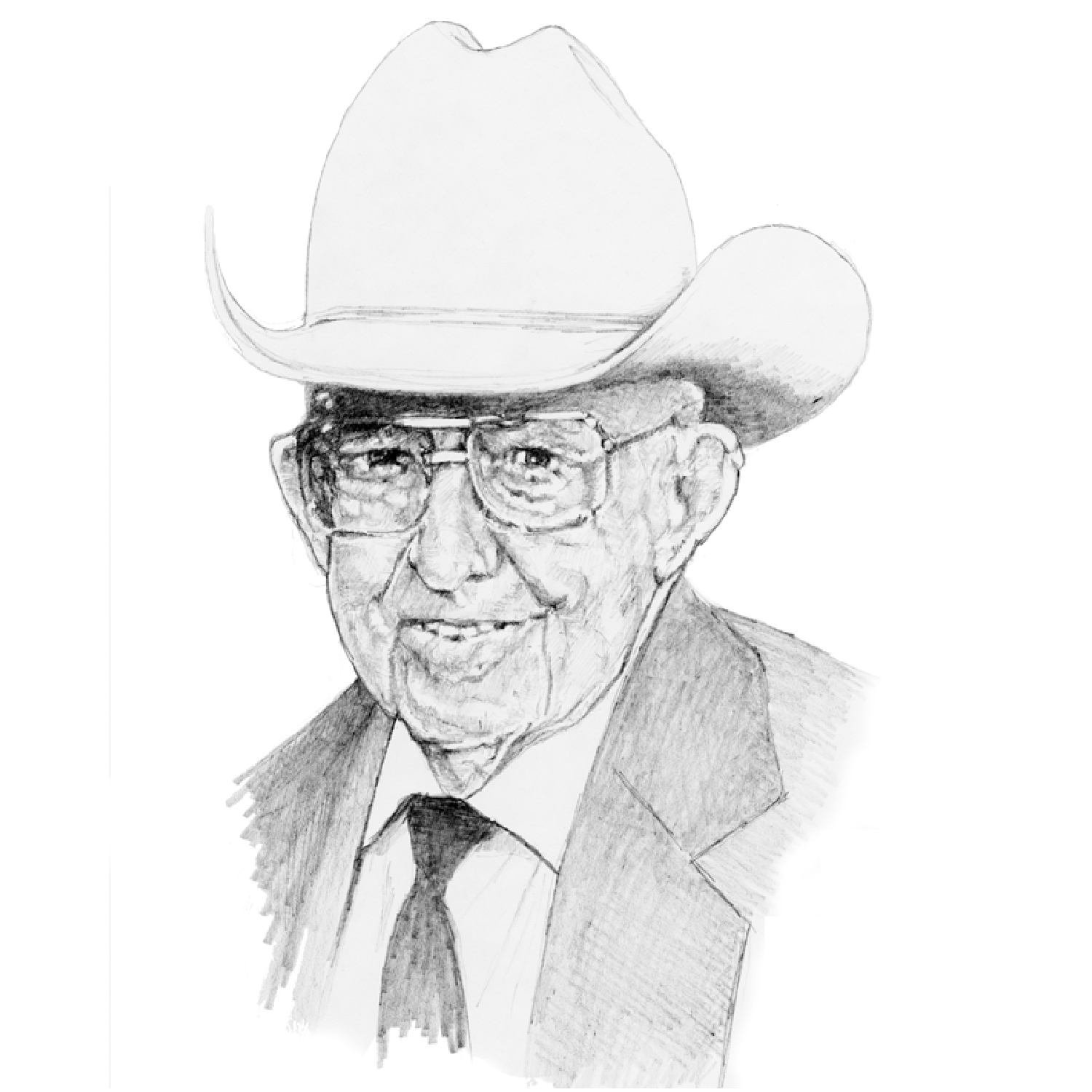
Dr. G.T. Easley, Sulphur, Okla., the “godfather of artificial insemination (AI)” is known for his work at the Turner Ranch in Oklahoma. As veterinarian he not only took care of herd health, but also worked to perfect the use of AI.
His master’s degree project at the University of Missouri was to breed 300 cows artificially. These Hereford cows were donated by the government to the Indian reservation in Apache, Ariz. The reservation purchased one good Hereford bull to breed the cows. The lofty goal of this project was to improve the herd and produce Hereford range bulls for the reservation. The University of Missouri, working through the Indian agency, convinced the Indians to try AI. Easley then spent the spring and early summer living in a tent at 7,000 feet. He spent his days riding the herd for heat detection and breeding cows with fresh semen collected from one hardworking bull.
Over the years Easley experimented with different methods of storing, diluting and extending solutions as well as methods for freezing and evaluating semen. These are all steps to the process that we use today. The Turner Ranch used AI exclusively for the next 12 years with tremendous benefits to themselves and the Hereford industry.
Easley has maintained his own Hereford herd for more than 50 years and was one of the first Hereford breeders to utilize performance records. His goal was to produce performance Herefords for the commercial producer. His herd selections and improvements led him to produce the first Hereford bull in Oklahoma to test at more than 4 lb. per day gain.
“Dr. Easley has been a lifelong pioneer breeder of Hereford cattle in the great cattle country of southern Oklahoma, popularly known as ‘Hereford heaven,’ and has contributed greatly to the advancement and improvement of the Hereford breed and to the cattle industry in general,” says Cliff Knight, K74 Herefords, Oklahoma City, Okla. “Dr. Easley was a major contributor in the control and elimination of dwarfism in cattle.”